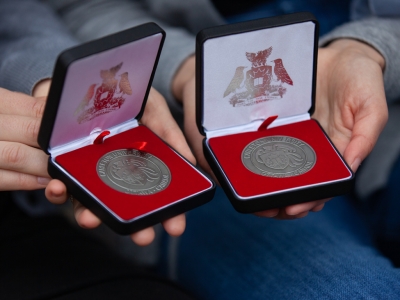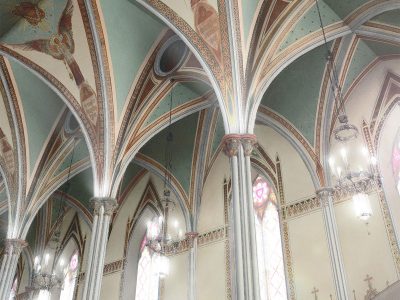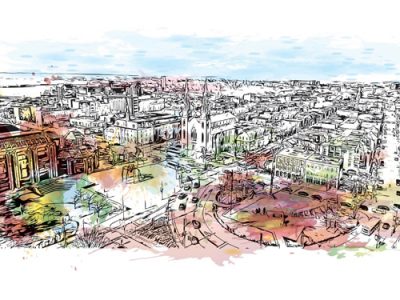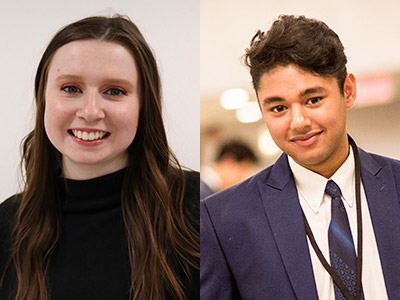Lead image by iStockPhoto
By Bethany Berard
This article is republished from The Conversation under a Creative Commons licence. All photos provided by The Conversation from various sources.
Bethany Berard is a PhD Candidate in Communication and Media Studies and an instructor in the School of Journalism and Communication at Carleton University.
On March 10, in celebration of Mother’s Day in the United Kingdom, Kensington Palace shared a photo of Kate Middleton, the Princess of Wales, with her three children. It was the first photograph shared of Kate since December and was widely reported on by news outlets.
Public interest and discussion about Kate’s well-being have reached a tipping point in recent months. She had not been seen at a public event since Christmas Day, and in mid-January, it was announced that she had undergone a planned surgery.
There is considerable visual precedent of photographs and video taken of royal family members after medical procedures or events. However, the distinct lack of photos in this case has left the media and public to fill in the information gaps with their own commentary and conspiracy theories.
The timing of the photograph suggested that it was taken to quell all the discussion about Kate. Very quickly, however, social media users began to perform digital forensics on the photograph, questioning everything from the foliage pictured, to the clothing, to the obvious and amateur photo-editing. The controversy was only fueled further by Kensington Palace’s refusal to release the unedited version of the photo.
The careful, detailed and obsessively close reading of the photo was, in part, due to the context into which it was published: the internet was looking for the “proof of life” this photo was intended to provide. The internet was not convinced.
Mere hours later, the Associated Press released a “kill order,” stating “it appears that the source has manipulated the image. No replacement photo will be sent.” Many other news organizations and photo agencies quickly followed, retracting and removing the image.
In response to the incident, a statement attributed to Kate was issued the following day where she admitted “I do occasionally experiment with editing” and apologized for any confusion the photography may have caused.
What we expect of photographs
Photographs have always held an uneasy position between evidence and art, or truth and fiction. Since the technology was invented, photographs have been staged or “faked,” edited and manipulated. While the advent of digital photography has brought with it tools and techniques that makes altering photographs much quicker and easier, the malleability of the photographic form is part of the story of photography.
The ability to record what is in front of the camera lens is central to how and why photography has developed as something society considered a source of truth or evidence. In journalism, science and public administration, photographs are used as proof in a variety of contexts where identification is a central, significant and necessary outcome.
However, because photographs can be altered, the institutions and individuals that produce them are often used to verify the extent to which they were edited, or vouch for their veracity. Institutions have imposed standards, practices and policies to make photography legible as a credible format that can be used as actionable information.
For people to believe and trust photographs, then, there needs to be a level of trust in institutions that produce them. This is far from the first instance of a political institution losing public trust by editing photographs. As the controversy continues, the public becomes less likely to believe the images Kensington Palace releases.
This is evidenced by the negative public reaction to the photograph published the next day of Prince William, allegedly with Kate, carpooling on their way to their respective appointments.
Institutional response has been similarly critical, as CNN announced they were “now reviewing all handout photos previously provided by Kensington Palace,” and Agence France-Presse (AFP) stating Kensington Palace is “no longer a trusted source.”
Editing: A fine line
How much editing is too much? The #KateGate controversy has pushed this conversation front and centre. When does a photograph tip from edited or enhanced to manipulated and deceptive?
When it comes to contemporary celebrity culture, there is an expectation that most, if not all, photographs circulated are retouched. Some smartphones even have a “Beauty Face” filter that can “automatically adjust the photo to create a more visually pleasing photo.” Celebrities, like Zendaya, who take a stand against retouching, are touted as inspiring for doing so.
In photojournalism, the colour balance and exposure of photographs are regularly adjusted. This is seen as justifiable if the changes mean the photograph is a more accurate representation of the scene but does not change the composition or contents of the photograph.
However, other editing practices, like creating a composite image from many photographs of the same event, are seen as taking it too far. During the Great Depression, Arthur Rothstein’s photograph of a bleached steer skull caused significant controversy because he had moved the skull to a section of cracked dirt in direct sunlight which made the photograph more dramatic.
Rothstein was criticized for manipulating the scene, and thus, interfered with the integrity required for a documentary photograph. His response was that by moving the skull he had created a photograph that was a more accurate reflection of the crisis.
Despite photography’s shaky claim to an authentic truth or evidence as an impartial record of reality, it is expected to function as such. Institutions confer credibility to photographs, and photographs are put to use by institutions as “truthful evidence” as a result.
A central issue is that the photograph at the centre of this controversy was implied to provide evidence of Kate’s well-being. As the photograph was likely taken months before, heavily edited, and where the original unedited files were not produced for reference, the palace’s response was not sufficient to provide justification for the level of editing — whatever the reason for it might have been.
![]()
Thursday, March 14, 2024 in The Conversation
Share: Twitter, Facebook



